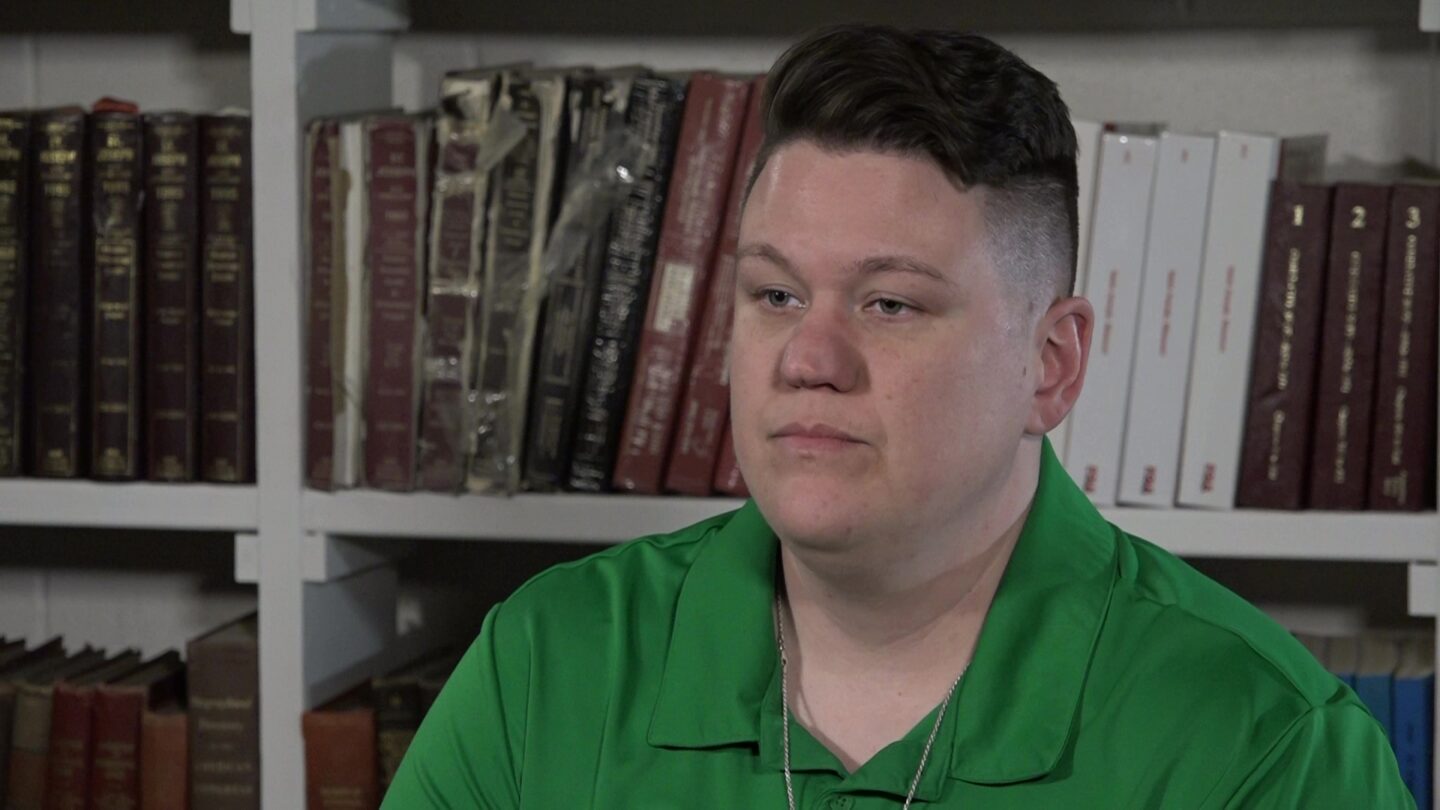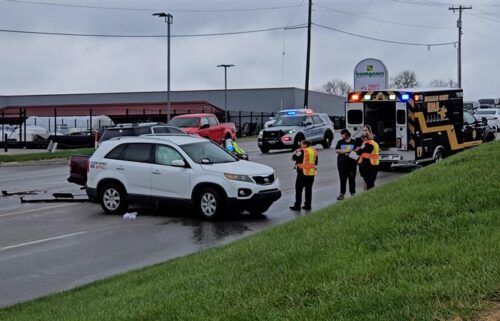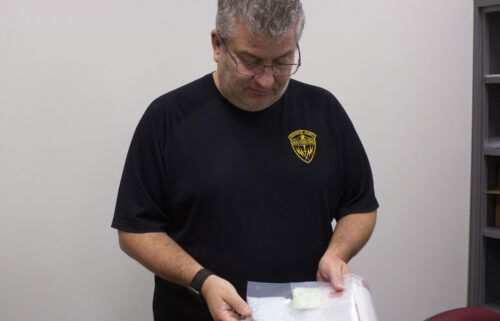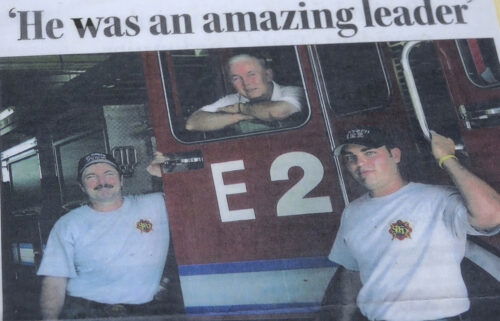Counselors encourage leaning on each other while in recovery from drug use

By Kyle Schmidt
March 6 marks Black Balloon Day across the world, a day for people to remember loved ones who have died due to drug overdoses or other substance-related harm.
“It is important for those families to recognize those that have been lost as well as bringing light into the recovery community for resources that can help them create a substance use lifestyle as well,” said Lindsey Holcomb, substance use counselor at Family Guidance Center. “If we don’t recover loudly, then others are still dying quietly.”
Along with being a counselor, Holcomb is also a recovering addict. She spoke about the importance of Narcan and how it saves lives.
“The more places we can have Narcan, the better, because like, both of us are in recovery,” Holcomb said. “If we wouldn’t have been given a second chance, we wouldn’t be sitting here today. We wouldn’t be helping the clients that we have.”
Holcomb works with Laci Walker, who is also in recovery and shared her personal story of her road to sobriety.
“So my son’s dad, who I used with, the whole time that we were using, I got a call and he passed away from an overdose,” Walker said. “In those moments when you’re telling your child this, they’ve never met their dad. And it’s like, ‘Gosh, I wonder what he was like. I wonder.’ And the question is like, well, ‘How come you got sober?’ So that’s really hard to process sometimes through that. But then just people who maybe haven’t died that are overdosing. I’ve had a handful of those. I can’t tell you how many, they’re good people and you want to see them (get better) and you want to see it so badly, it’s awful.”
Holcomb said she believes outside of treatment and medically assisted groups, the recovery community is the best resource to help one another.
A day of remembrance, like Black Balloon Day, can be a good time to share stories and help others on their journey.
“An individual that had been in recovery for several years. And while I was still actively using, I hounded him to get him to use again and I assisted in the process of obtaining the substances that ultimately caused his death,” Holcomb said. “But I knew when I got clean and sober that he was a part of a 12-step fellowship in the community. So the seed had already been planted. So when I was sitting in that jail cell, I knew like, okay, this worked for him. I’m going to go where he went. But that’s something that I’ve carried on my conscience for years and years and years because of it. Like if I just would have and I know that, like, the decision was ultimately his, and that’s something I’ve had to cope with.
“You start blaming yourself, like, ‘If I just sort of left him alone, if I just would have kept him, you know, not bothered him, he’d still be here.’ That was a big one.”
Holcomb went into more detail on her turnaround.
“For me, personally, I had to choose that once I kept falling, I kept falling. I did it all. I had my kids taken away. But until I was sick of my own life stuff, I wasn’t going to give it up,” Holcomb said. “It took law enforcement to get me to basically sit with my feelings, go through withdrawal inside of a jail and realize, you know, okay, my kids are taken away for the second time and I now have to like, decide, am I going to continue with this pattern and have these children grow and grow up with a mother that’s in and out of jail? Or am I going to make the right like turn my life around? I feel like the decision really comes from within the individual.”



